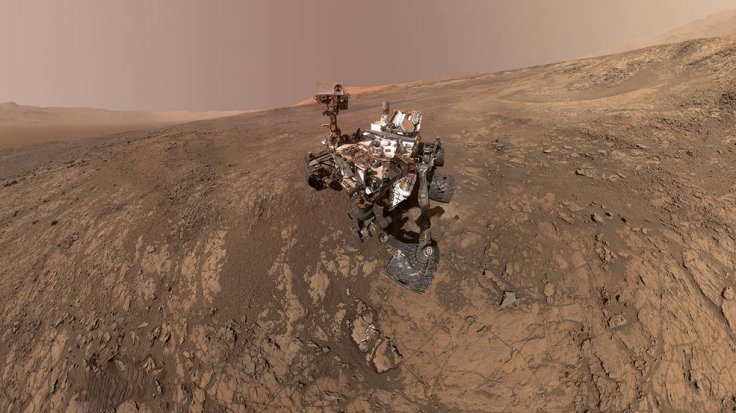The ChemCam camera atop NASA's Mars Curiosity rover that uses laser beams to analyze Martian rocks to analyze their chemical make-up startled researchers with clues into the planet's past habitability of the Red planet that was believed to be once home to shallow, salty ponds.
In a paper published in October this year in Nature Geoscience, the results from the analysis of rocks enriched in mineral salts in Gale Crater, a 100-mile-wide dry lakebed on Mars came to light from NASA's Curiosity rover.

"Mars' climate was habitable once, long ago," said Roger Wiens, key investigator of the ChemCam instrument at Los Alamos National Laboratory and a co-author of the paper. "What these new findings show is that the climate on Mars was not as stable as we thought it was. There were very wet periods and very dry periods--as these sulfate-rich rocks show us."
Magnesium sulfates
The ChemCam instrument, which was developed at Los Alamos in collaboration with the French space agency, found the rocks with high concentrations of calcium sulfates as a result of evaporation of water. It also found a few rocks with high concentrations of magnesium sulfates, indicating water getting extremely concentrated by evaporation. It means the lake-bed rocks must have dried out almost completely at times.

This latest clue differs from what Curiosity found lower down the mountain where evidence of persistent freshwater lakes was found. Next Curiosity will climb on to the Mount Sharp, that might reveal a different era of Martian history.
"We went to Gale Crater because it preserves this unique record of a changing Mars," said William Rapin of Caltech and lead author of the paper. "Understanding when and how the planet's climate started evolving is a piece of another puzzle: When and how long was Mars capable of supporting microbial life at the surface?"









